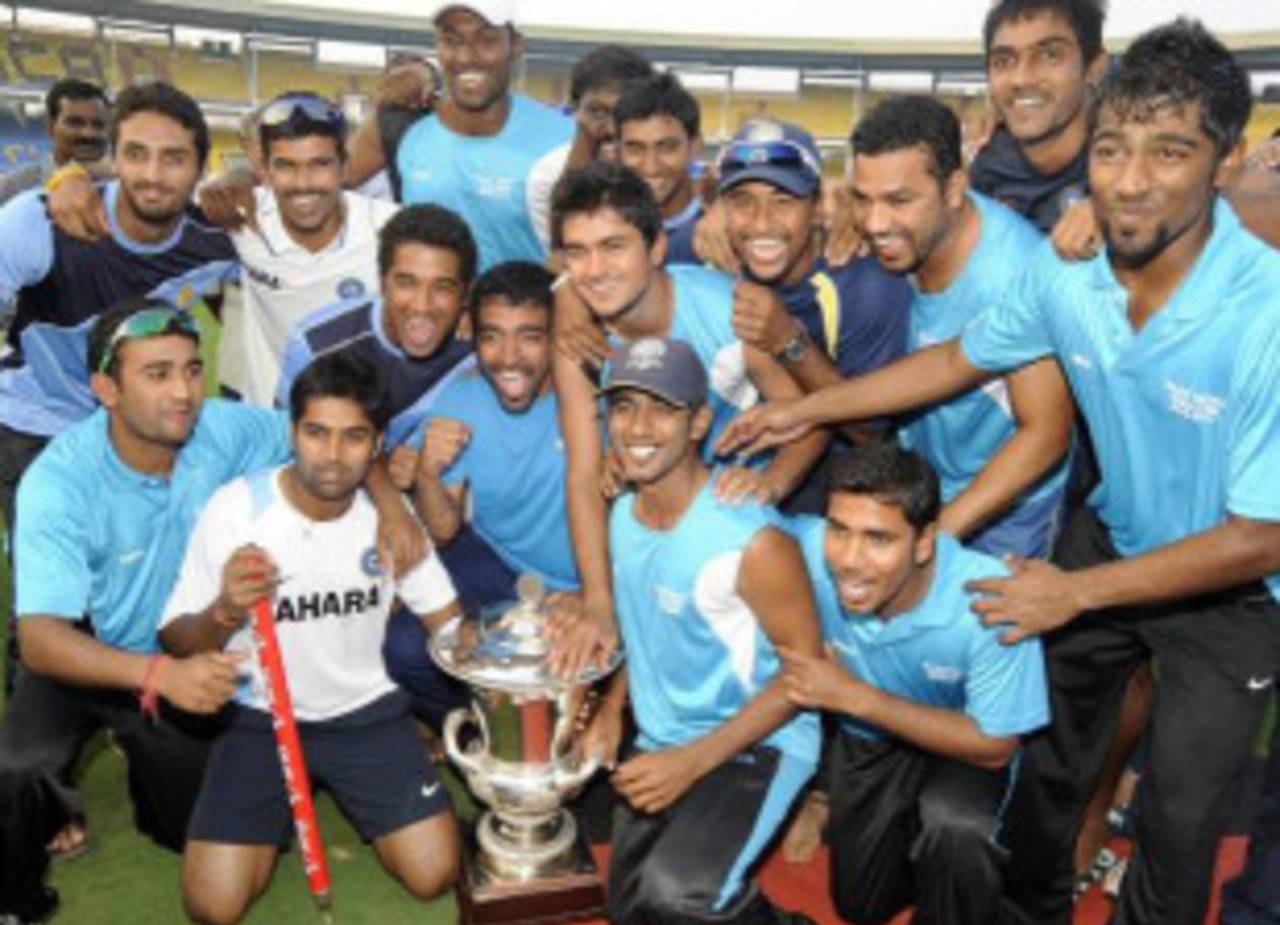Fresh from the Ranji games and straight in to the Duleep Trophy; one can't help but marvel at the latter's standard and the quality of cricket on display. Just a look at the net session of a zone team is enough to gauge the palpable difference from a state side. After all, the team which represents a particular zone is made up of the best and most in-form players of all the states falling in its purview.
Not too long ago, the Duleep Trophy was the fulcrum around which Indian domestic cricket revolved. While performing for the state, one always had an eye on a possible place in the Duleep Trophy team. You would keep a tab on how your competitors were faring and what exactly was needed to get a look in.
Back then, the Duleep Trophy was held on a league basis, which meant you played at least one game against each of the remaining four zones. This was then altered a bit by involving a foreign team to raise the level of competition, and having two groups of three teams. Even then, it meant at least two league games, with the top team from each group making it to the finals.
The format has now changed completely, with the exclusion of foreign teams and the tournament being held on a knock-out basis. The finalists from last season, along with a team picked randomly, get a bye to the semi-finals, while the remaining two teams play a quarter-final. While, in theory, a bye is a fitting reward for the defending champions and runners-up, it may not actually be the best situation for the players involved. By playing one less match, their batting and bowling statistics take a hit. One wants to have as many innings under the belt to pile on the runs or increase one's tally of wickets. But in this case, if your team did well the previous season, you get fewer chances to play.
The knock-out matches, with the exception of the final, are four-day games, which in most cases means the match gets decided on the basis of the first-innings lead, unless the track is under-prepared which is very unlikely at this level. A four-day knock-out match doesn't exactly challenge the teams enough and also mean that you might end up getting only one opportunity to showcase your skills, which may be insufficient and also dull to watch.
Just to make matters tougher for the players, there are only three days between the end of the Ranji final and the first Duleep Trophy game. The players who feature in the finals are, quite understandably, a tired lot and seldom find the enthusiasm to raise the bar so soon. Also, since the team has only one or two practice sessions together before the match, the chances of these talented individuals working as a team are not too high. Obviously then, the emphasis is on personal performances with very little regard to the demands of the team.
The Duleep Trophy is a great concept, but to ensure that its importance is not wasted on the players, the tournament needs an overhaul. More matches need to be played in order to give everyone a fair chance to make a mark, while a longer gap between the Ranji and Duleep Trophy games would ensure the zones play as teams.
